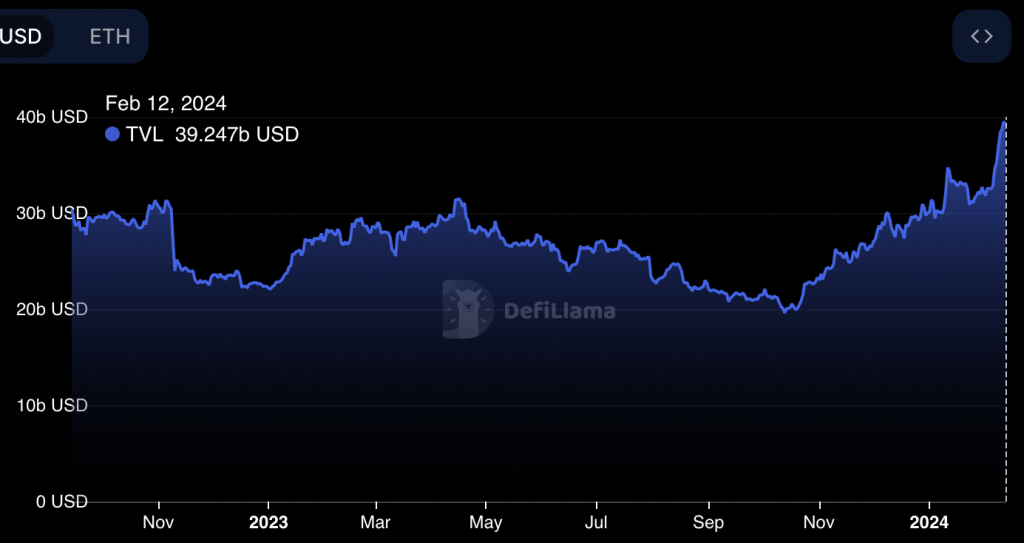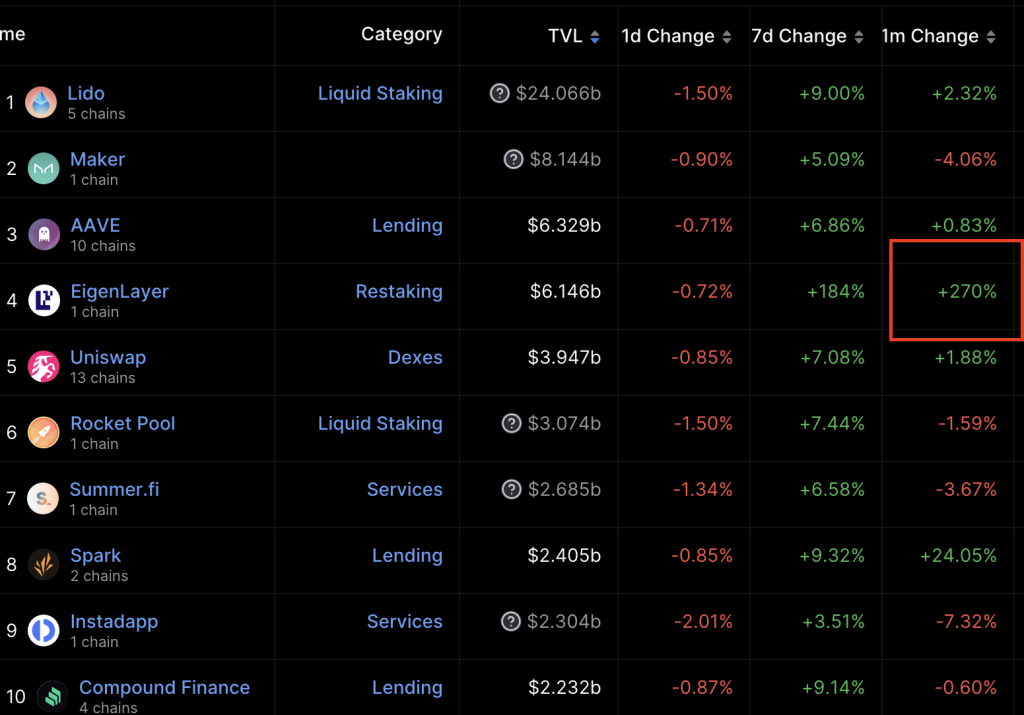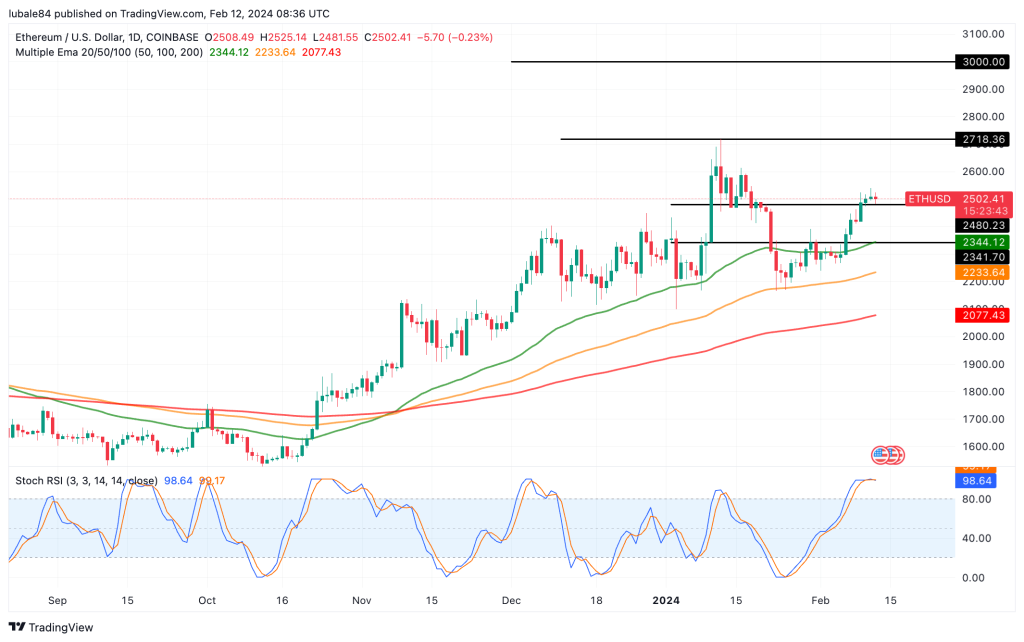The approval of the first-ever spot Bitcoin exchange-traded fund (ETF) by the U.S. Securities and Exchange Commission (SEC) on Jan. 10 allowed investors in the world’s largest economy to have indirect exposure to Bitcoin. Trading for these derivative products began on Jan. 11, with billions flowing in since.
This was a pivotal moment in the history of cryptocurrencies after many years of rejection. Now, all eyes have turned to spot Ether ETF applications, the statutory decision deadline for the SEC set for May 23.
Major asset management firms, including BlackRock, ARK Invest, Fidelity, Invesco Galaxy and others, have filed for spot Ether ETFs. Ark Invest was the first to file for a spot Ethereum ETF in September 2023, followed by BlackRock and others followed suit.
Although the different Ether ETF applicants have different deadlines, the regulatory body could issue its decision on all applications together, as it did with the spot BTC ETFs in January.
With the final deadline approaching, ETF experts and the crypto community expect that the approval will spark a sustained recovery in Ethereum’s price, taking it to all-time highs around $4,000.
Ethereum network activity back Ether’s upside
To assess the strength of an asset to sustain a recovery, it is important to look at demand determined by monitoring the network’s activity. Data from DefiLlama shows that the total value locked (TVL) on the Ethereum network has increased by 20% over the last 30 days to reach an 11-month high at $39.24 billion on Feb. 12.

Ethereum’s TVL. Source: DefiLlama
However, most of the surge occurred on the EigenLayer liquid staking solution, which jumped 270% over the last month to $6.14 billion

Top Ethereum DApps by TVL, USD. Source: DappRadar
Beyond Ethereum’s existing use cases, the eagerly awaited Dencun network upgrade, which is scheduled for March 13, is expected to bring benefits such as reduced transaction costs for layer-2 rollups.
Can Ether rise to tag $3,000?
Bitcoin’s rally has run the stiff overhead resistance at $2,550, which has resulted in a tough battle between the bulls and the bears.
The upsloping exponential moving averages (EMAs) and the reposition of the Stochastic RSI in the overbought zone indicate that the path of least resistance is to the upside. If bulls drive the price above $2,718, the price of the big crypto may accelerate toward $3,000. If this level is broken, the rally could reach $3,600 or an all-time high around $4,000.

ETH/USD daily chart. Source: TradingView
Conversely, if the price turns down sharply from the current level, it will indicate buyer exhaustion and profit-booking on the recent rally. Over the next few days, a possible consolidation between $2,480 and $2,344 (embraced by the 50-day EMA) could be witnessed. The short-term trend will weaken on a break below the 100-day EMA at $2,233 .















